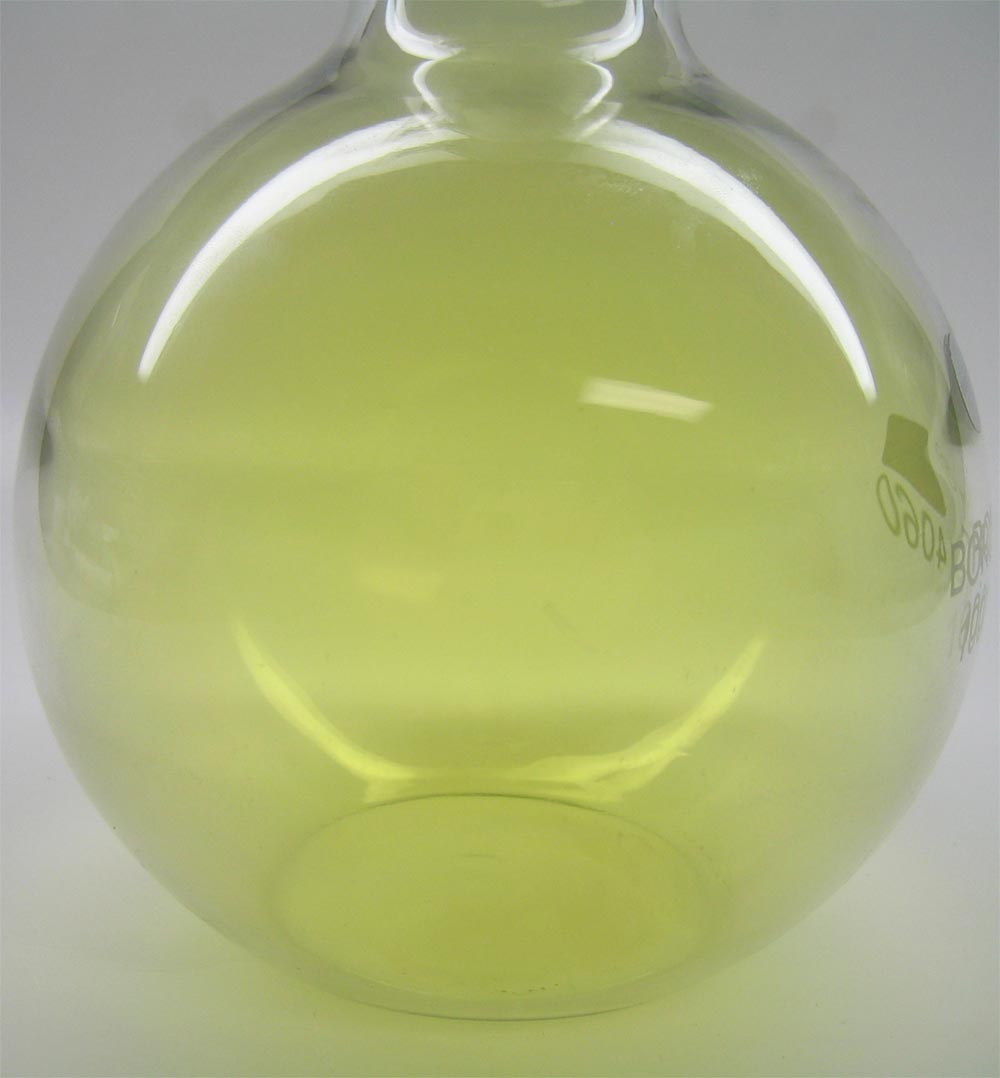Question: What does ‘Cl’ stand for and ‘Cl2′ stand for in the periodic table. Because in this level two worksheet it says that they both mean chloride but in the internet it says the ‘Cl’ is chloride and ‘Cl2′ is chlorine. Thank you~
(To read my answer – CLICK the heading or below)
My answer:
Cl is the symbol for chloride and Cl2 is the chlorine gas. So, chlorine gas (Cl2) is a diatomic gas composed only of two chlorine atoms. Basically saying – there are two chlorine atoms in a Cl2 molecule.


http://www.cwu.edu/~cots/images/periodic_table.jpg
The element that are found at Group 17 in the periodic table is called halogens (Elements like fluorine(F), chlorine(Cl), bromine(Br), and iodine(I)). The very special thing about halogens are that they form diatomic molecule under a typical laboratory conditions. Gases like hydrogen gas(H2), oxygen(O2) gas and nitrogen gas(N2) can also form diatomic molecule.
Here is bit about chlorine gas in the history.

The German Army first used chlorine gas cylinders in April 1915 against the French Army at Ypres. French soldiers reported seeing yellow-green clouds drifting slowly towards the Allied trenches. They also noticed its distinctive smell which was like a mixture of pineapple and pepper. At first the French officers assumed that the German infantry were advancing behind a smoke screen and orders were given to prepare for an armed attack. When the gas arrived at the Allied front-trenches soldiers began to complain about pains in the chests and a burning sensation in their throats.
Most soldiers now realised they were being gassed and many ran as fast as they could away from the scene. An hour after the attack had started there was a four-mile gap in the Allied line. As the German soldiers were concerned about what the chlorine gas would do to them, they hesitated about moving forward in large numbers. This delayed attack enabled Canadian and British troops to retake the position before the Germans burst through the gap that the chlorine gas had created.
Chlorine gas destroyed the respiratory organs of its victims and this led to a slow death by asphyxiation. One nurse described the death of one soldier who had been in the trenches during a chlorine gas attack. “He was sitting on the bed, fighting for breath, his lips plum coloured. He was a magnificent young Canadian past all hope in the asphyxia of chlorine. I shall never forget the look in his eyes as he turned to me and gasped: I can’t die! Is it possible that nothing can be done for me?” It was a horrible death, but as hard as they tried, doctors were unable to find a way of successfully treating chlorine gas poisoning.
It was important to have the right weather conditions before a gas attack could be made. When the British Army launched a gas attack on 25th September in 1915, the wind blew it back into the faces of the advancing troops. This problem was solved in 1916 when gas shells were produced for use with heavy artillery. This increased the army’s range of attack and helped to protect their own troops when weather conditions were not completely ideal.
After the first German chlorine gas attacks, Allied troops were supplied with masks of cotton pads that had been soaked in urine. It was found that the ammonia in the pad neutralized the chlorine. These pads were held over the face until the soldiers could escape from the poisonous fumes. Other soldiers preferred to use handkerchiefs, a sock, a flannel body-belt, dampened with a solution of bicarbonate of soda, and tied across the mouth and nose until the gas passed over. Soldiers found it difficult to fight like this and attempts were made to develop a better means of protecting men against gas attacks. By July 1915 soldiers were given efficient gas masks and anti-asphyxiation respirators.
One disadvantage for the side that launched chlorine gas attacks was that it made the victim cough and therefore limited his intake of the poison. Both sides found that phosgene was more effective than chlorine. Only a small amount was needed to make it impossible for the soldier to keep fighting. It also killed its victim within 48 hours of the attack. Advancing armies also used a mixture of chlorine and phosgene called ‘white star’.
